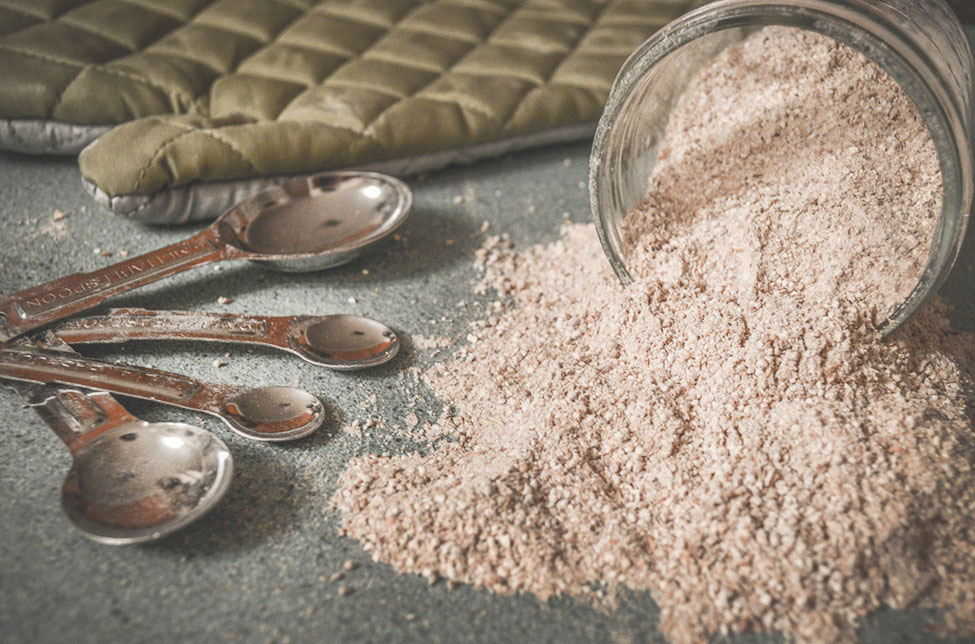
Test yourself on sustainable homebrewing in this week’s Tuesday Beer Trivia.
Homebrewing is an excellent way for beer drinkers to save the planet. Even without any special practices or products, homebrewing is usually gentler on the world’s ecosystems than consuming mass-produced industrial brews.
After you take the Beer Trivia quiz below, scroll down to “Beer Trivia Answer Explanations” section to learn more about sustainable homebrewing.
[polldaddy type=”iframe” survey=”92F0EF0E9181F496″ height=”auto” domain=”2491351″ id=”beer-trivia-example-43″]
Beer Trivia Answer Explanations
Click To Expand
The following explanations were taken from “Earth-Friendly Brewing: How Homebrewers Can Help Save the Planet” by Chris O’Brien in the March/April 2005 issue of Zymurgy magazine.
Question 1: True. Environmentally, chlorinated bleach has both short-term and long-term problems. Immediate impacts include eye, lung, and skin damage to the user. Chlorine is also responsible for some devastating environmental impacts including amphibian extinction.
Question 2: Brewing uses less than 10 percent of your malt, so composting the rest or upcycling into spent-grain baked goods and flour is a no-brainer.
Question 3: Remember, within a small scale, relatively bigger is better. Another benefit is that a system used by several people is likely to be used more often, which is better environmentally than allowing value-added resources to sit around and collect dust.
Question 4: There are many ways to practice zero waste in brewing—reusing glass bottles, collecting rainwater for cleaning, and composting your spent grains and hops, to name a few.
Question 5: To start, you could look into getting a high-efficiency fridge for keeping your beer cold. Another radical idea is using your basement or outdoor space (depending on where you live) to keep your beer cool like people have been doing for hundreds of years.



Share Post